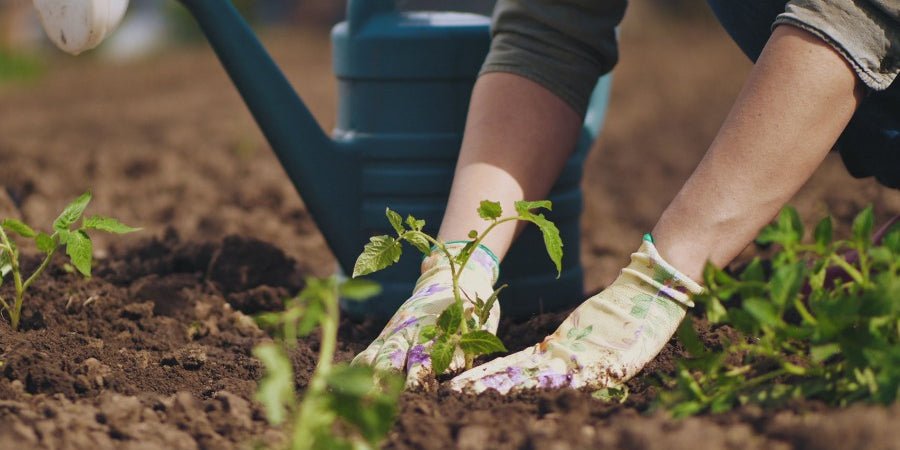June Sowings & Advice

It has been great to have some rain after a very dry April; the outdoor vegetables have enjoyed it and it’s saved me some time watering. The late spring weather is getting milder now and even the night time temperatures are above 5 degrees, which helps germination and growth rates for edibles. Of course, conditions vary round the country, so keep a close eye on what is happening where you are. From past experience I know that May can produce some frosts even at the end of the month, so I don’t put out any half-hardy plants until the beginning of June.
When you decide to take your half-hardies (runner and French beans, courgettes, cucumbers, squash, tomatoes etc.) outside do remember they will sulk and stop growing if you don’t ‘harden off’ the plants. Let me explain; when plants are inside temperatures are warmer and there is no wind. As a result the pores (or stoma) on the leaves are not used to opening and closing to adjust to conditions and stems will be weak as they don’t have to resist pressure from wind and rain. So be kind…. get them used to being outside gradually. Put them out in their pots during the day and bring them in at night. Do this for at least a week before you move them outside permanently. This will acclimatise them to the new conditions and help them adapt and grow well in their new location.
The Radish ‘Watermelon’ I sowed in April is outside and growing well, I’m still thinning out some plants to give more space for others to grow to a good size. The half-hardy plants sown last month have all done well. The Dwarf French Bean ‘Stanley’ have all germinated and I’ll separate each plant out into its own pot soon. The Courgette ‘All Green Bush’ and Squash ‘Sunbeam F1’ AGM have also produced strong seedlings. Beetroot ‘Burpees Golden’ have germinated, but only have only just started producing their second pair of leaves so I’m keeping their container in my unheated greenhouse for now. I’ve thinned out the seedlings to give more space and eaten the surplus!
The main challenge with indoor seedlings is to make sure you keep them watered well. All my pots are in trays with no holes in the bottom so I can water into the tray, covering the bottom up to 1cm deep. That way I can easily check whether they’ve drawn up all the water and need topping up. If you only add water to the top of a pot, it’s harder to tell whether the roots are getting enough water.

This month I’m sowing Pea Alderman, which is a Heritage main crop variety that grows 1.5m tall, so it will need supports to climb up. Bamboo canes and string can do the job, as well as netting on a fence, trellis or slender tree prunings.
I’ve also started off seeds for Calabrese Green Magic F1, this is a tasty brassica which had been awarded the Royal Horticultural Society’s AGM (Award of Garden Merit) this means it’s a reliable and tasty variety. I’m growing the seedlings inside to start them off, then they’ll go into a bed outside.
Pak Choi is one of my favourite edibles; you can grow it all year round either on a windowsill as a ‘microgreen’ or outside. It copes with wet, cloudy weather and doesn’t need warm temperatures to flourish. This month I’m growing the ‘Red Choi’ variety which also has an AGM. Its purple leaves are ornamental as well as tasty; making it an excellent edible container plant for a small garden.
I can never get enough homegrown French beans so I’m starting off French Bean Climbing ‘Cosse Violette’, which has attractive purple pods. It can grow up to 2m tall, so it will need a support to grow up, so you can get creative with canes and string. Remember this is a half-hardy plant so you may need to start off the seeds inside unless your soil outside is warm and night time temperatures are mild. Mice are also quite partial to beans so watch out!
Read more about Sue's horticultural expertise and projects on her website HERE








